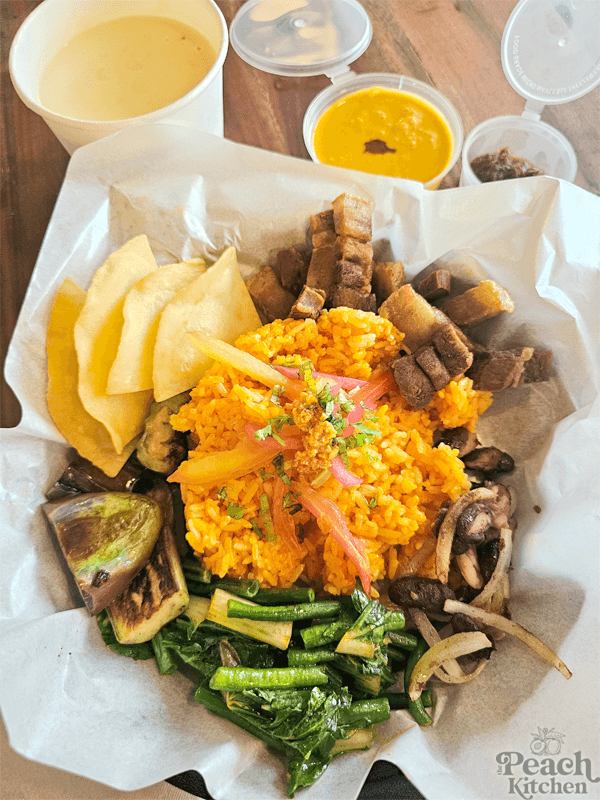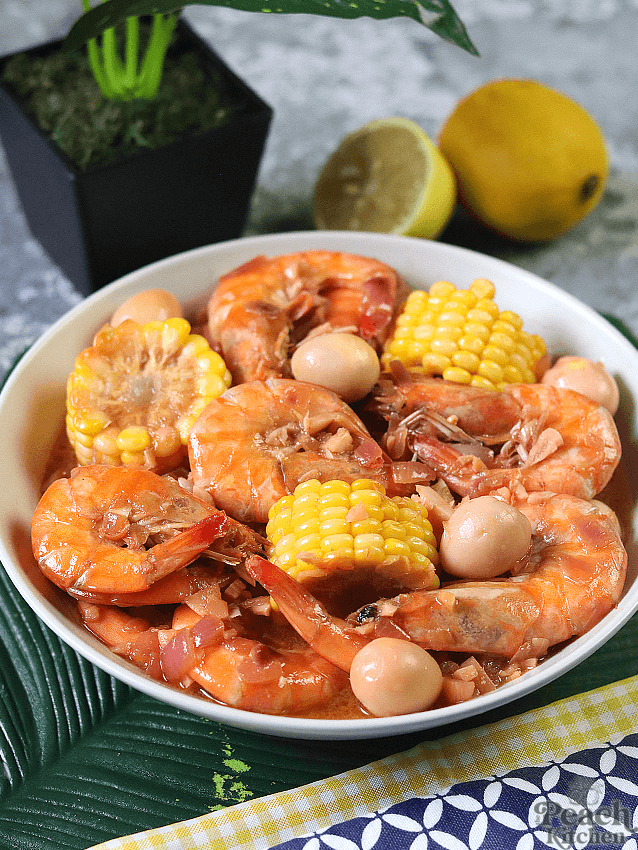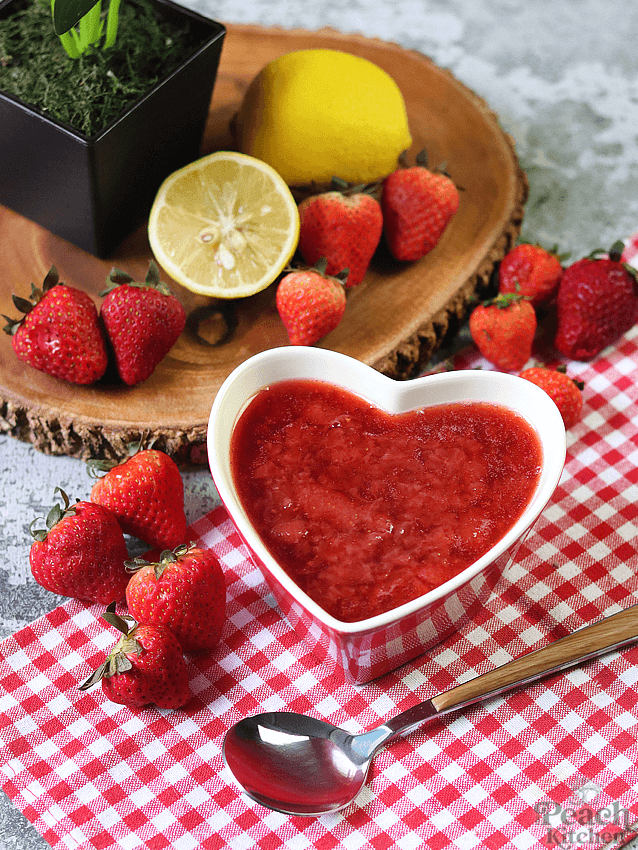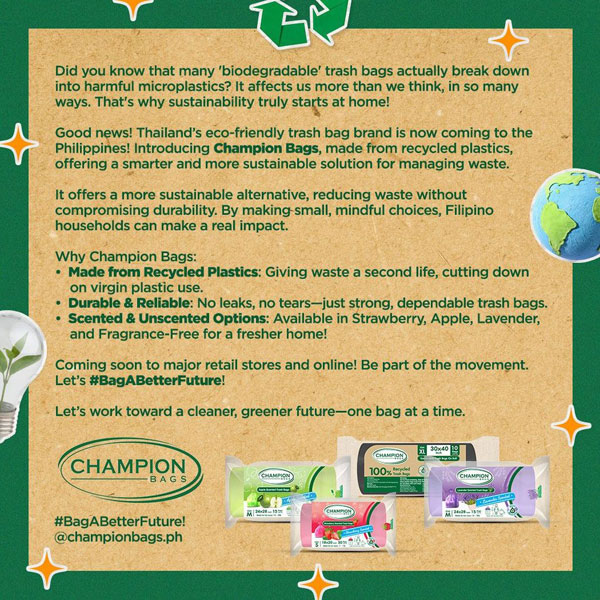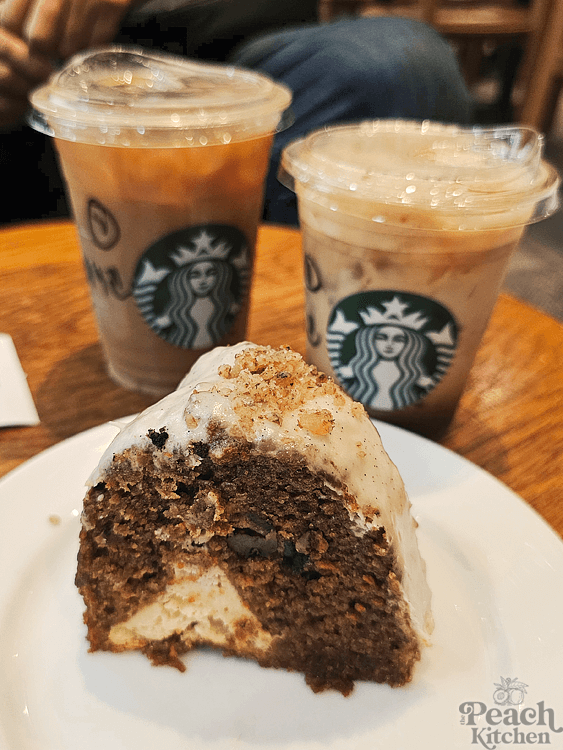I have had a pot of tea or coffee sitting on my dining table for many years. I am used to drinking my coffee and occasionally pouring myself a cup of tea; I have never found it strange when it comes to enjoying coffee and tea together.

Coffee and tea are like peanut butter and jelly in that they go together well and have a long and shared history. This is true in many households and restaurants around the world. In most circumstances, both coffee and tea are served together.
Based on the link between coffee and tea, we decided to prepare this article that compares tea and coffee and highlights the qualities (similarities and differences) that give coffee and tea their individualistic tastes.
It does not matter what you love most between tea and coffee. If you are a coffee drinker, we have provided you with all the information you need to enjoy your coffee every day, such as coffee subscriptions and offers on coffee equipment. Therefore, pour yourself a cup of coffee and let us get started!
#1. All Coffee Has One Source; Tea Has Varied Sources
Let us begin the discussion from the origin. The word “coffee” broadly refers to the fruit (and its seed) of a plant in the genus Coffea (the coffee plant). The implication is that variants such as black coffee, cold brew coffee, instant coffee, and decaf coffee all come from the same plant type.
Therefore, by simply saying “coffee,” we can understand it this way.
However, with tea, the case is a bit different. Tea has been consumed in China for many thousands of years and was likely brought to Japan by Buddhist monks. It then spread to other parts of Asia and Europe in the 1500s. Ordinarily, in the United States, “tea” as a drink may refer to a collection of leaves, twigs, bark, roots, and seeds, among other plant parts, steeped in hot water. Nonetheless, not all of that description is entirely correct. In botanical terms, tea (like coffee) is the name given to a particular plant.
The plant’s scientific name is Camellia sinensis. Through a series of processes, we can produce thousands of types of tea that fall into six main categories. These categories are:
- White tea
- Green tea
- Yellow tea
- Black tea
- Dark tea (fermented teas)
- Oolong tea
Incredibly, we can derive so many tea variations from the tea leaf.
To understand these categories better, think of them as the base recipes for different types of cookies. For example, there is a base recipe for chocolate chip cookies, gingersnaps, drop cookies, etc. These doughs are distinct in terms of the qualities that define them; however, many bakers can be creative to create a cookie with an exceptional taste. The concept is similar to that of tea.
Are you wondering about all the other types of beverages often referred to as “tea”? Outside the United States, many countries and cultures give unique terms to their local beverages depending on what is convenient for them. However, they do not get things mixed up by referring to them as “tea.” Regrettably, in the United States (due to the limitations of the English language), we refer to almost everything as “tea.”
However, by referring to them as “herbal teas,” you will play your part in lessening the confusion.
You will know it’s tea if it comes from Camellia sinensis; otherwise, consider it a herbal tea.
#2. Coffee Is Obtained From A Fruit; Tea Comes From A Leaf
The main similarity between coffee and tea is that both are evergreen shrubs. However, that is the only botanical similarity between tea and coffee plants.
Coffee is a drink made from fine coffee powder, which is made by grinding coffee cherry seeds. As a tropical fruit, coffee has some natural limitations. To begin with, it only fruits one time per year. Secondly, it can only grow in tropical areas, such as the equatorial bands near Central and South America, Southeast Asia, and Africa.
On the other hand, tea can grow in subtropical areas, meaning almost all areas where coffee can grow and way further than that (see below).
Also, tea is produced from leaves and not a fruit like coffee. In particular, tea is produced from the youngest sprouts (buds) on the tea plant’s stems and branches. Under certain climatic conditions, the tea plant will continue growing new leaves all year round, or almost all year round. The implication is that most tea farmers can harvest tea many times a year, while coffee farmers can harvest coffee only once yearly.
#3. Tea Can Grow In Almost All Areas Where Coffee Grows—And Further Beyond!
Many people are surprised to find coffee and tea growing on the same farmland. To many people, it is strange to see their lovely coffee flourishing next to tea on the same piece of land. Below is a short list of some of the places in the world where tea grows and does well:
-Africa: Kenya, Tanzania, Uganda, Malawi, Rwanda
-Asia: Taiwan, China, Korea, Japan, Myanmar, Thailand, Nepal, Laos, Sri Lanka, Vietnam, India
-Continental US: Mississippi, Washington, California, Texas, Louisiana, Oregon, and many other areas
-The Middle East and Central Asia: Turkey and Iran
-Western and Eastern Europe: Portugal, Wales, Scotland, Georgia, Spain
-South America: Argentina, Colombia, Brazil
-Oceania: Hawai’i, New Zealand, Indonesia, Java
Initially, the above list may seem quite comprehensive, but it is not. Indeed, since tea is the second most popular drink after water as it grows in numerous places worldwide.
Let Us Interject The Story
#4. Coffee And Tea Were Used As Folk Medicine Before Being Introduced As Beverages In The Hospitality Industry
Coffee is known to have come from Ethiopia. Today, there are hundreds of different wild coffee varieties growing in Ethiopia – many more varieties are yet to be categorized.
According to different sources, coffee reached near Yemen between the sixth and fifteenth centuries. Fascinatingly, it was during this period in Arabia that coffee was used as a traditional herbal medicine. This was before introducing processes such as grinding and roasting coffee beans to make your favorite beverage.
The history of tea can be found in Southeast Asia, in the area where China, Myanmar, Vietnam, and Laos meet far eastern India (Nagaland and Assam).This area has a lot of different kinds of wild tea, which are just now starting to be explored.
Just like coffee’s original use, tea was initially used as human medicine and food. People used to boil the leaves to produce soup, which was served and eaten with rice.
Tea was also used as a health tonic. More significantly, in the mid-7th century (760–762 CE), the well-known Chinese poet Lu Yu produced his research paper, “The Classic of Tea,” which set the pace for tea culture to take root and spread in China. The tea culture came to be exemplified in poetry, the arts, and reverence for nature, and eventually spread to other areas of Asia in the following centuries.
#5. Comparing Arabica and Robusta Vs. Sinensis and Assamica
There are two major species of coffee plants in the coffee business. The major coffee plant species that is often spoken about is Coffea arabica. The other species is Coffea canephora, often called Robusta.
Also, tea has two main plant species: Camellia sinensis and Camellia sinensis var. Assamica (or assamica in short). If you are interested in geography, you have probably already noticed that assamica was coined after Assam in India.
The two varieties of coffee and tea are treated completely differently.
When it comes to coffee, Arabica and Robusta are not treated the same, and they are grown for two different markets. Robusta is grown for the higher-yield commodity market and is not graded for a market that focuses on quality, like Arabica. But some specialty roasters are starting to try out Robusta that has been carefully grown and sourced, and you probably haven’t had it in a cup at a specialty café.
However, for tea, Camellia sinensis and Assamica are regarded equally. Their only differences are in their flavors and the environmental conditions needed for their growth. Sinensis is ideal for cooler, northern climatic conditions, while Assamica performs better in warmer and tropical climates. The two varieties are equally popular among tea lovers; if you have drunk some tea before, you will likely have tasted the two types.
#6. “Specialty Tea” And “Specialty Coffee” Do Not Refer To The Same Product
For coffee, “specialty coffee” precisely denotes Coffea arabica beans, which must be graded on a certain quality scale and attain a score of at least 80 on a 100-point scale.
Referring to tea as a “specialty” is not highly regulated like coffee. Part of the reason for this is that tea does not trade on the C-market compared to coffee. With tea, there is no formal 100-point scale to measure its quality. This has been aided by the fact that the global tea market is extremely diverse and lacks a common method of defining the term’s precise meaning. Many tea lovers will only recognize tea when they see, smell, and taste it.
For the sake of this article, it is best to define “specialty tea” as a form of high-quality tea made for tea drinkers that view tea consumption as an exciting art and love to enjoy the sensory-rich taste and smell of tea as a beverage. Note that “specialty tea” differs greatly from the commercial tea meant to be sold in a grocery shop, usually in tea bags.
*In no way do we imply that tea bags are low quality; rather, the quality of tea inside the bag matters, not the method of product delivery. We will focus on this article at a later time.
#7. Both Tea And Coffee Contain Caffeine But In Varying Ways
Most coffee that comes in a package says on the label that it has about 95 milligrams of caffeine for every 8 ounces. In tea, caffeine ranges between 14 and 61 milligrams per eight-ounce cup and is significantly lower than in coffee. The large variability in tea results from the different ways of brewing tea.
Shock! Were you expecting I would say “as a result of the different types of tea available” in the statement above? No, it is an ancient myth that the level of caffeine in tea depends on the tea variant involved, and it needs to be dispelled once and for all.
The type of tea, whether white, green, black, etc., has very little impact on the level of caffeine in your tea. The difference in the level of caffeine is a result of brewing.
Specifically, using hotter water and lengthier steep times during brewing draws out more caffeine from tea. Some tea drinkers prefer their tea brewed at a two-minute steep, while others like a five-minute steep; both will consume two separate cups of tea based on the amount of caffeine.
#8. Caffeine In Tea Has A Relatively Different Impact Than Caffeine In Coffee
The caffeine in tea usually affects people differently than the caffeine in coffee. Many say they feel less of a “crash” after consuming tea than coffee. As previously stated, coffee contains a significant amount of caffeine. Moreover, the average coffee lover in America usually drinks more coffee than their tea counterparts.
Notably, green and white tea offer extra benefits to the body because they contain an amino acid called L-theanine, a strong antioxidant. L-theanine reduces the absorption rate of caffeine and helps the brain produce alpha brain waves, which are usually observable when one is in a state of calmness, alertness, and mental focus.
#9. Tea Is Rebrewed; Coffee Is Not!
Tea and coffee are made through a series of creative and varied techniques. One of the major cultural distinctions between tea and coffee is that tea leaves are rebrewed or re-steeped. However, the coffee grounds can only be served once only. You can only prepare one cup or pot of coffee and throw it out. Are you wondering where this difference originates? Please continue reading to find out more.
Usually, unlike coffee in coffeehouses, tea is not served in the big Western pots and large mugs in our living rooms. Tea is normally made using much smaller containers of about three to five ounces and reinfused a number of times.
When put in smaller cups, the tea leaves soak in much better, give off new expressions, and release aromas into the hot, fresh water. Many tea drinkers do not like to be served an ready made cup of tea; they prefer to have the leaves or tea bag around and enjoy the process themselves.
To make the most of the leaves, rebrew them a minimum of two to three times. How long they can hold up depends on the tea you drink. Re-steeping tea is part of the exciting tea culture and does not indicate frugality or rudeness.
Are You Looking For The Best Tea Recommendations For Friends Who Like Coffee Instead?
Are you looking for ways to help you start enjoying tea? The available types of tea are remarkably and excitingly extensive, and I know there is the right tea for anyone who has traditionally preferred drinking coffee.
Below is a summary of the suggestions you can begin trying:
Do you enjoy bright, juicy, floral, and crisp textures?
Consider trying a summer Darjeeling black tea or an Oriental Beauty oolong. They are both popular options for their fragrant and expressive bouquets. They are ideal for washed Ethiopian lovers.
Do you enjoy steamed vegetables and fresh greens?
It isn’t easy to find a coffee type that offers a similar profile as this. However, you can try out Japanese green teas like Genmaicha or Sencha if you like vegetables, good sushi, and the fresh breeze near the sea.
Do you enjoy smooth, natural, loamy flavors?
For people who love Indonesian coffee, you can be sure Shou Pu’erh is the best in this category. Pu’erh is a fermented tea with strong earthly qualities, and “shou” gives your teacup a lovely dark color, like a morning brew. Usually, I am quick to suggest this tea to coffee drinkers who have never tried any tea other than a Lipton bag.
Do you love toasty, nutty, and warm flavors?
People who love Central American coffee love these sources for their ideal of calmness and enjoyment every day. You do not have to wait until you get in the mood for them; they are amazingly exciting.
We usually meet these flavors in classic black tea types from China in the tea market. The all-time favorites for this category are Dianhong from Yunnan, China, and Keemun black tea that comes from Anhui, China. I love them for their smooth, nutty, soft, cocoa-like, and jammy nature.








